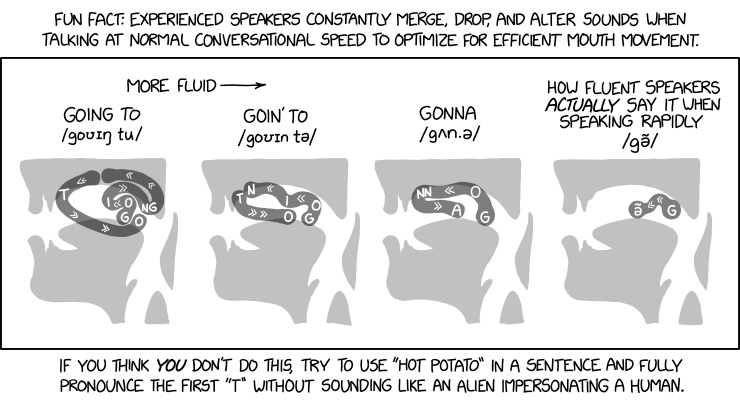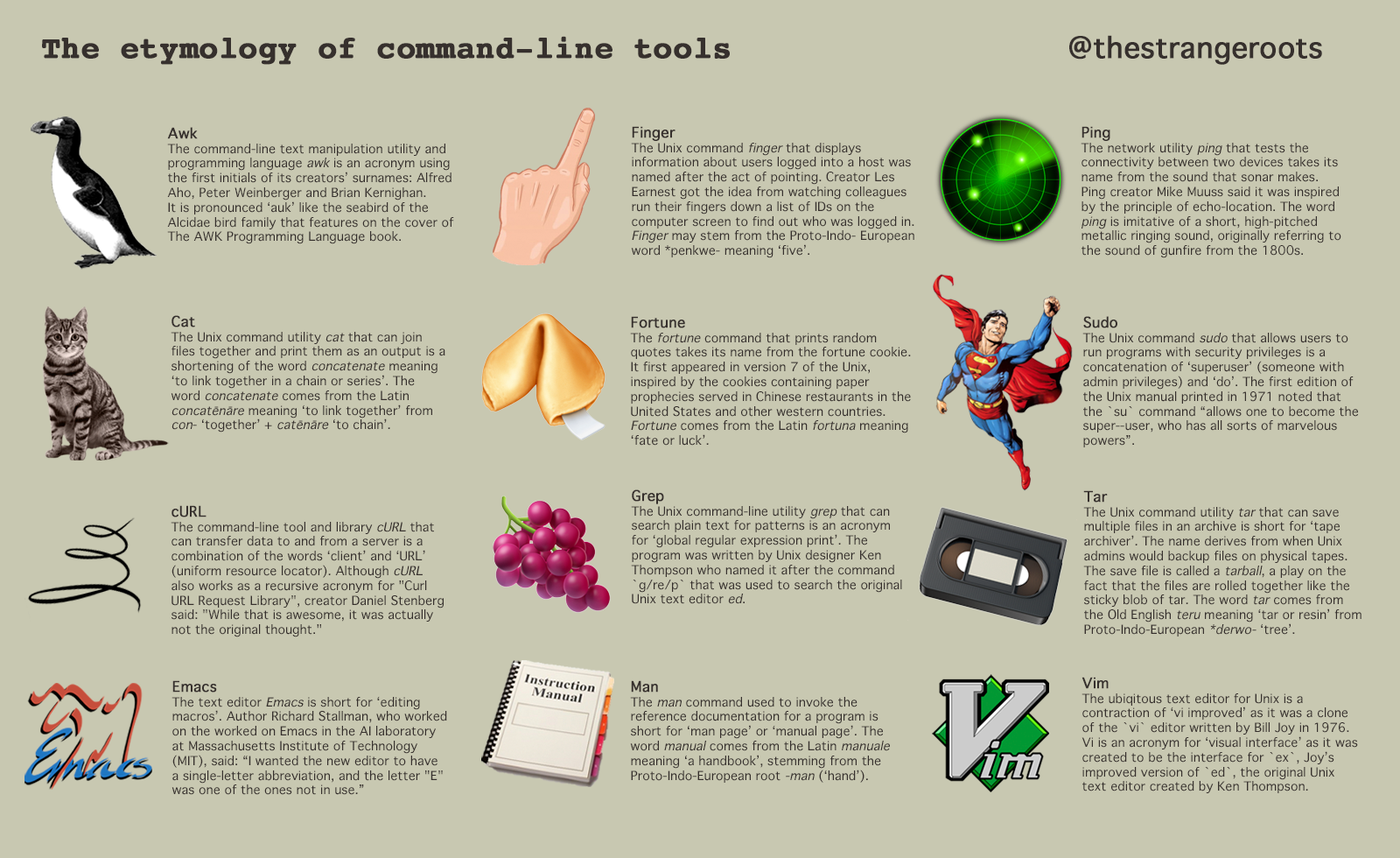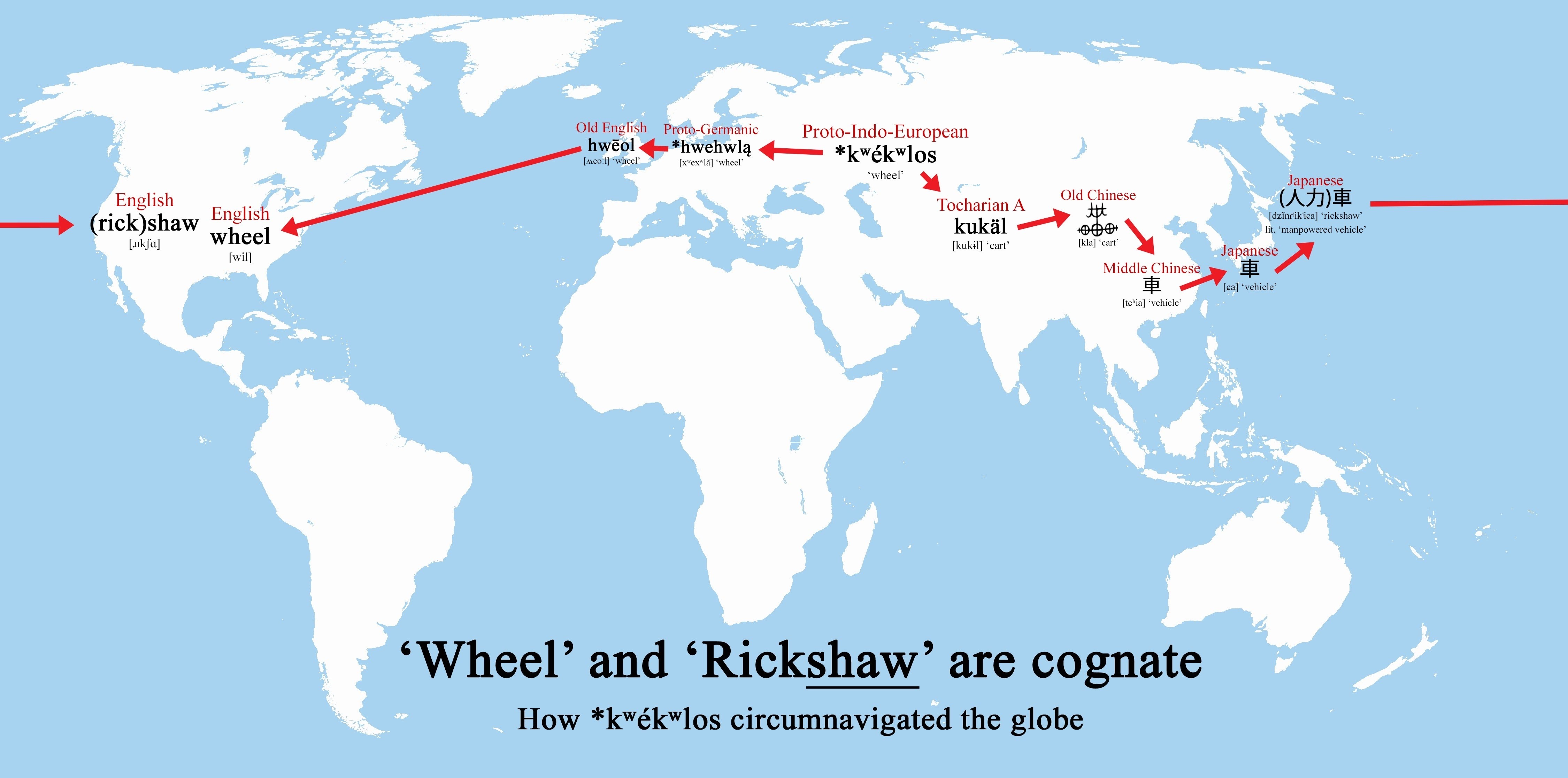Linguistics
625 readers
26 users here now
Welcome to the community about the science of human Language!
Everyone is welcome here: from laypeople to professionals, Historical linguists to discourse analysts, structuralists to generativists.
Rules:
- Instance rules apply.
- Stay on-topic. Specially for more divisive subjects.
- Post sources whenever reasonable to do so.
- Avoid crack theories and pseudoscientific claims.
- Have fun!
Related communities:
founded 1 year ago
MODERATORS
26
27
81
2,500-year-old slate containing drawings of battle scenes and paleo-alphabet discovered in Spain
(www.livescience.com)
28
29
30
31
12
How 'Not' Changes Everything: Brain Interprets Negated Adjectives - Neuroscience News
(neurosciencenews.com)
32
33
35
36
37
38
39
40
41
42
43
44
45
46
21
Sloshed, plastered and gazeboed: why Britons have 546 words for drunkenness
(www.theguardian.com)
47
48
49
50



